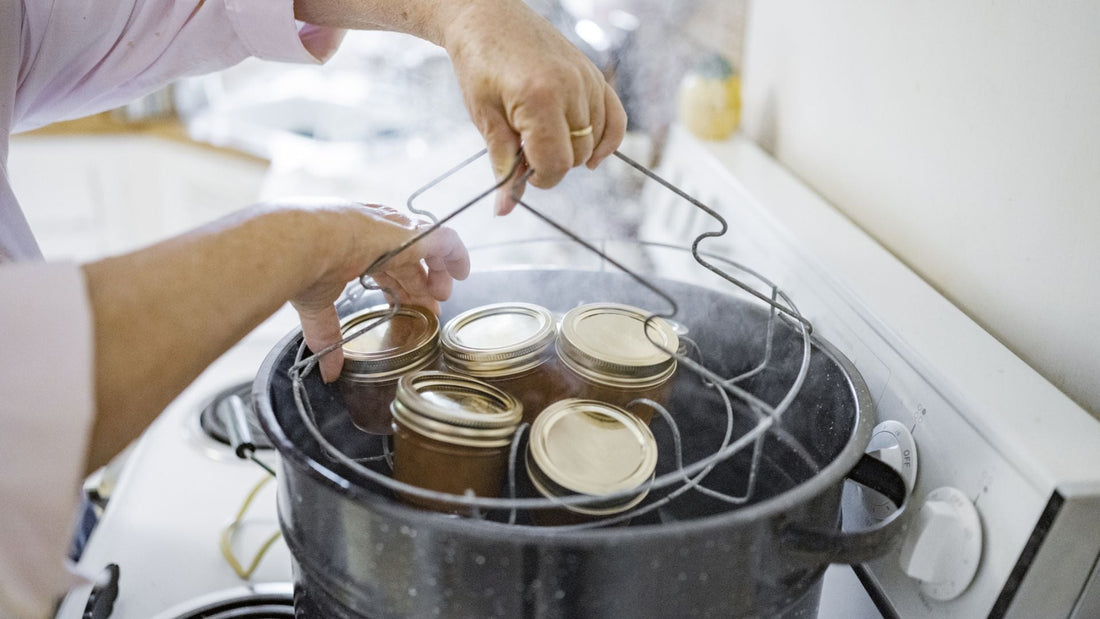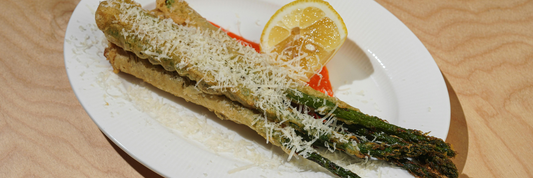Boiling glass jars is a common technique for sterilization, especially in food preservation. However, the question often arises: will a glass jar break in boiling water? This article explores the science behind potential breakage, along with prevention tips for safe handling.
- How to Sterilize Jars Properly? Step By Step Guide
- How to Measure The Jar Lids? Guide to Buying Canning Jar Lid
- Standard Glass Canning Jars | 8 Oz | For Pickles, Vegetables or Sauces
- Glass Round Jars With Lid & Paper Gasket | 6, 8, 12, 16, 24, 32 Oz | Wholesale
- French Square Glass Jars | 2, 8, 12, 16 Oz | Wide Mouth, With Lid & Paper Gasket | For Juice, Smoothies, Herbal Drink, Kombucha
Will A Glass Jar Break in Boiling Water?
It is possible for a glass jar to break when exposed to boiling water. The primary culprit behind glass breakage in boiling water is thermal shock. This phenomenon occurs when a glass jar experiences a sudden temperature change, causing uneven expansion within its structure. This uneven expansion creates stress and can lead to the formation of cracks, ultimately causing the jar to shatter.

Glass, by its very nature, is brittle compared to other materials. This inherent brittleness makes it particularly susceptible to breaking under the pressure generated by thermal shock. Additionally, even minor scratches or pre-existing cracks in the glass act as weak points, significantly increasing the risk of breakage when exposed to high temperatures like boiling water.
Factors Influencing the Breakage
The susceptibility of a glass jar to breakage when exposed to boiling water is influenced by several key factors, including glass type, temperature difference and heating method. They are explained as below.
Glass Type
The composition and processing of the glass significantly impact its resistance to thermal shock. Tempered glass, specifically designed to withstand rapid temperature changes, is far less likely to shatter compared to regular glass. The tempering process strengthens the glass by introducing compressive stresses on the outer surface, which counteracts the tensile stresses generated during thermal shock, thereby reducing the risk of breakage.
Temperature Difference
The magnitude of the temperature difference between the initial temperature of the jar and the boiling water plays a crucial role. A larger difference creates a more significant thermal shock, leading to greater stress within the glass structure. This is because the outer layers of the jar expand more rapidly than the inner layers, causing internal stresses that can ultimately lead to cracks and breakage.
Heating Method
The manner in which the glass jar is heated can significantly influence its susceptibility to breakage. Gradual heating, such as placing the jar in warm water first and allowing it to reach a similar temperature before immersing it in boiling water, minimizes the thermal shock experienced by the glass. Conversely, directly plunging a cold jar into boiling water creates a rapid and extreme temperature change, significantly increasing the risk of breakage.
By acknowledging these factors and implementing appropriate handling techniques, the likelihood of glass jar breakage in boiling water can be significantly minimized. So how to prevent the breakage? Discover in the next section.

Prevention Tips
While glass jars are versatile and convenient, sudden temperature changes can cause them to crack or break, especially when exposed to boiling water. Here are some simple tips to minimize the risk.
For Canning and Food Preservation:
- Warm Up First: Before placing jars in boiling water, gradually warm them up by submerging them in warm water first. This reduces the sudden temperature change that can cause stress and breakage.
- Cool Down Slowly: After sterilization, let jars cool down gradually in the hot water with the heat turned off. Rapid cooling can also put stress on the glass.
- Use a Rack: Invest in a canning rack to prevent jars from bumping against each other in the hot water bath, which can lead to cracks.
For Everyday Kitchen Use:
- Tempered Glass is Best: When using glass containers with hot liquids, choose tempered glass mugs or containers. Tempered glass is specially treated to withstand temperature changes better than regular glass.
- Avoid Sudden Shocks: Don't pour boiling water directly into a cold glass jar. This creates extreme stress and greatly increases the chance of breakage. Instead, preheat the jar with warm water or gradually add hot liquid.
- Handle with Care: Always handle hot glass jars carefully. Avoid bumping them or dropping them, as this can cause cracks or breakage.
General Safety:
- Inspect Regularly: Check your jars for any pre-existing cracks, chips, or scratches. These imperfections weaken the glass and make it more prone to breakage under heat. Discard any damaged jars.
- Store Carefully: Avoid storing jars in places with extreme temperatures or where they might get bumped or hit. This can put unnecessary stress on the glass.
- Use Jar Lifters: When handling hot jars, use jar lifters or tongs to prevent burns and accidental drops.
By following these simple prevention tips, you can significantly reduce the risk of glass jar breakage when using them around boiling water, ensuring safety and preventing unnecessary accidents.
Conclusion
While glass jars offer numerous benefits, understanding the factors that can cause them to break in boiling water is crucial for safe handling. By implementing simple prevention tips like preheating jars, choosing tempered glass, avoiding sudden temperature changes, and inspecting for damage, you can significantly minimize the risk of breakage. With a little awareness and care, you can enjoy the versatility and safety of glass jars for years to come.





